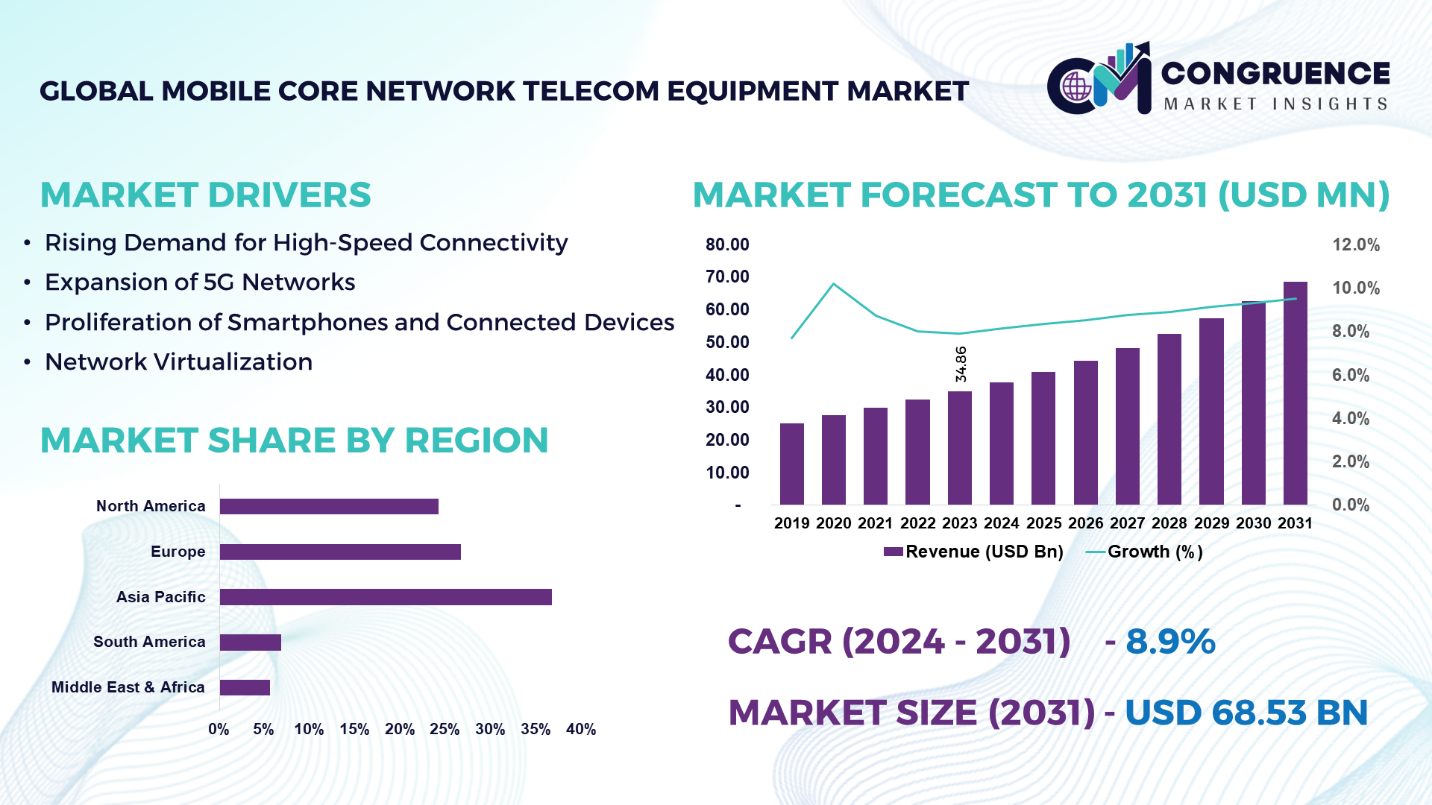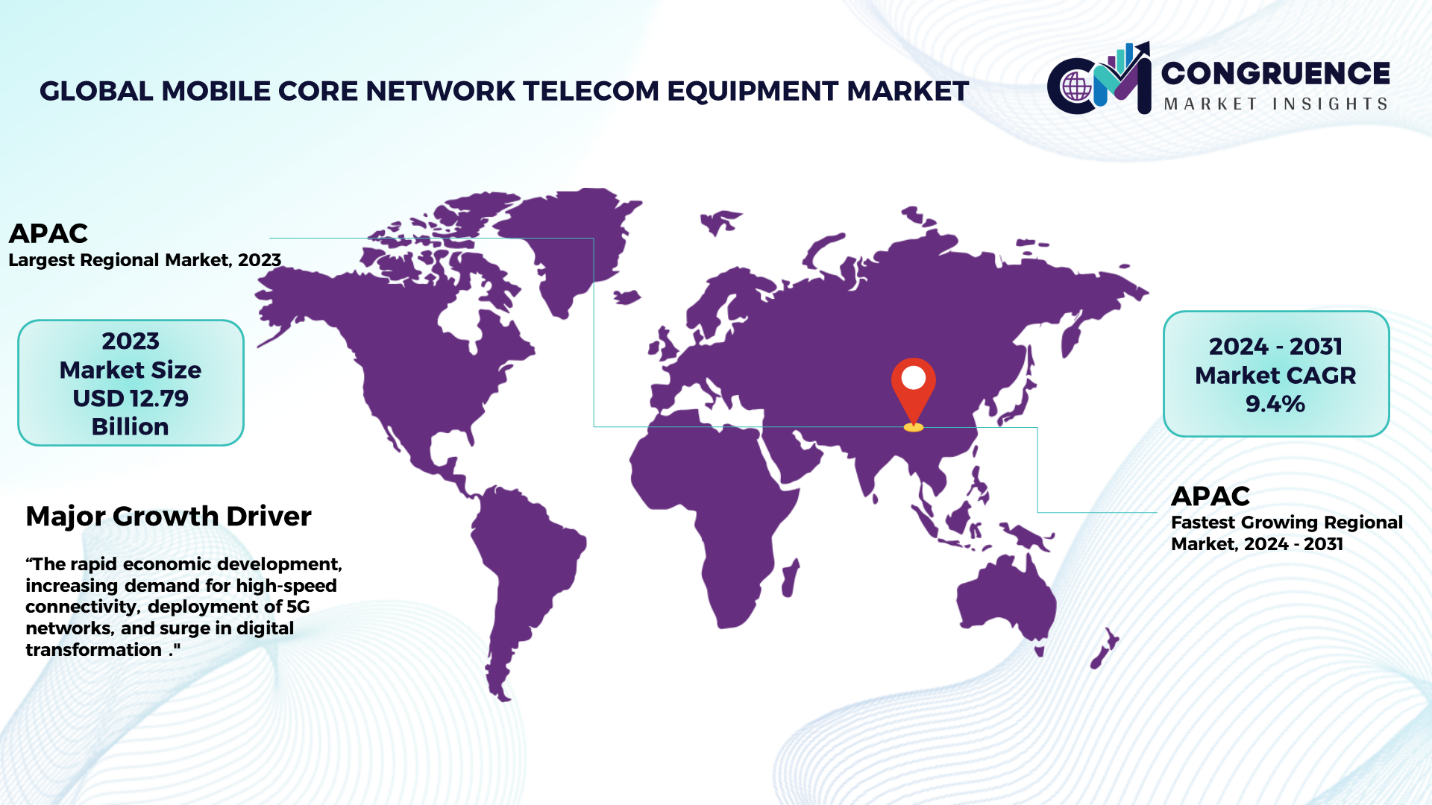Reports
The Global Grain Fumigants Market was valued at USD 1,511.6 Million in 2022 and is anticipated to reach a value of USD 2,249.8 Million by 2030 expanding at a CAGR of 5.2% between 2023 and 2030.
Chemical agents known as "grain fumigants" are employed in the agriculture sector to manage and get rid of pests, insects, and fungi that can contaminate grains that have been stored. During storage and transit, these fumigants are essential for maintaining the safety and quality of harvested crops. Grain fumigants, which are usually sprayed in gaseous form, effectively eliminate pests at every step of their life cycle by penetrating both the grains and their surroundings. Grain fumigants that are frequently utilized include sulfuric fluoride, methyl bromide, and phosphine. These compounds have the potential to be harmful to both human health and the environment, so it's critical to utilize them carefully and in accordance with tight safety regulations. In order to effectively manage pests and minimize dangers to agricultural goods and individuals handling fumigants, proper application and monitoring are crucial. Grain fumigants represent a sizeable portion of the agricultural chemicals sector as a whole. It is motivated by the worldwide requirement to keep grains that have been kept secure from fungus, insects, and pests in order to maintain the quality and safety of food and feed products. The amount of agricultural production, storage methods, and grain movement between areas all have a direct impact on the need for grain fumigants.

Grain Fumigants Market Major Driving Forces
Pest Control Efficiency: The effectiveness of grain fumigants in preventing infestations and deterioration of stored grains is attributed to their great efficacy in controlling and removing a wide range of pests, such as fungus, mites, and insects.
Preservation of Quality: Fumigants are used by farmers and grain handlers to preserve the quality of harvested crops throughout storage and transit. Fumigants help to maintain the nutritional content and commercial viability of grains by guarding against insect damage and microbiological contamination.
Global Food Security: Improving post-harvest procedures to reduce losses is becoming more and more important as the world's food consumption rises. Grain fumigants are essential for lowering post-harvest losses, which in turn helps to ensure that a larger proportion of the harvested grain is consumed worldwide.
Economic Considerations: The use
of fumigants has shown to be economically beneficial for farmers and other grain
sector stakeholders. Fumigants make grain preservation economically feasible by
reducing losses brought on by insect infestations. They also enhance yields and
return on investment.
Grain Fumigants Market Key Opportunities
Emerging Markets: As emerging markets increase their agricultural activities, there will likely be a rise in the demand for grain fumigants worldwide. The market for grain fumigant is expected to grow as a result of developing nations adopting more contemporary storage techniques.
Technological Innovations: Continued study and research in the field of pest control could result in the creation of fumigant formulations that are both more environmentally friendly and effective. Businesses can increase their market share and obtain a competitive advantage by investing in cutting-edge technologies.
Integrated Pest Management (IPM): Development of fumigants to support biological control techniques is made possible by the growing trend towards sustainable and integrated pest management practices. Goods that support ecologically friendly farming methods are probably going to be more well-liked in the marketplace.
Grain fumigants market Key Trends
· Growing emphasis on safety and environmental sustainability.
· Precision fumigation techniques and digital monitoring systems are gaining traction.
· Increasing demand for organic fumigants, driven by consumer preference for organic food and stringent regulations on synthetic chemicals.
· Technologies like controlled release formulations and smart fumigant applicators are gaining traction.
· Fumigation companies are increasingly utilizing big data and analytics to optimize their operations.
· Automation and robotics are being explored for tasks such as fumigation application and monitoring.
· Consumers are becoming more aware of the potential health risks associated with fumigant residues in food.
Region-wise Market Insights
Asia-Pacific accounted for the largest market share at 47.8% in 2022 whereas, Asia Pacific is also expected to register the fastest growth, expanding at a CAGR of 5.7% between 2023 and 2030.

Asia-Pacific region is the region that holds the largest market share of 47.8% of the global fumigants market, accounting USD 722.5 million. Along with this, Asia-Pacific region registered the fastest growth rate of CAGR 5.7%. There are a number of factors driving the strong growth and demand for grain fumigants in the Asia-Pacific region. To begin with, in order to meet the growing demand for food, the region's expanding population and growing urbanization require effective post-harvest management. Grain fumigants are essential for maintaining the quality of crops that are stored, which guarantees a steady and safe supply of food. In addition, the fact that tropical climates are common throughout much of Asia-Pacific increases the possibility of post-harvest losses by providing favorable conditions for fungi and pests. Grain fumigants are therefore used by local farmers and agribusinesses as a reliable way to prevent infestations and protect their stored grains. Furthermore, the growth of agricultural commodities exports from the Asia-Pacific region emphasizes how crucial it is to adhere to strict regulations. With a 21.3% market share, North America is the second-largest region in the world for grain fumigants. Grain fumigant demand in North America is influenced by a number of important factors. Primarily in order to safeguard significant grain yields, the region's heavily mechanized and expansive agriculture sector highlights the necessity of effective post-harvest pest management. Grain fumigants are a dependable way to reduce the possibility of pest infestations during storage, helping the area maintain its goal of minimizing post-harvest losses and maintaining crop quality.
Market Competition Landscape
The presence of both domestic and foreign competitors defines the competitive environment of the grain fumigants market. Due to mergers and acquisitions, wherein larger businesses have purchased smaller ones in an effort to improve their market positions and broaden their capabilities, the grain fumigants industry has become more consolidated. Notable businesses with a broad range of goods and services and a global presence have arisen as a result of this trend. Businesses in the grain fumigants industry are embracing innovative technologies fast in an effort to increase project efficiency, environmental sustainability, and safety.
Companies with a broad geographic reach can access a wider range of markets and opportunities more effectively. By leveraging their local or global presence, they may expand their project portfolio and get a larger market share. Local and regional pipeline contractors have an advantage over rivals in their specialized marketplaces because they are acquainted with local regulations, cultural peculiarities, and project-specific requirements.
Prominent entities in the worldwide grain fumigant industry employ diverse organic and inorganic tactics to fortify and enhance their market standing. Leading companies in the industry include:
· BASF SE
· DowDuPont Inc. (Corteva Agriscience)
· Syngenta AG
· FMC Corporation
· ADAMA Agricultural Solutions
· Nufarm Limited
· UPL Limited
· Arkema S.A.
· Sumitomo Chemical Company, Limited
· Bayer AG
· Arysta LifeScience Corporation (now part of UPL Limited)
· Nichino America, Inc.
· Isagro S.p.A.
· Hexcel Corporation
· Nippon Soda Co., Ltd.
|
Report Attribute/Metric |
Details |
|
Market Revenue in 2022 |
USD 1,511.6 Million |
|
Market Revenue in 2030 |
USD 2,249.8 Million |
|
CAGR (2023 – 2030) |
5.2% |
|
Base Year |
2022 |
|
Forecast Period |
2023 – 2030 |
|
Historical Data |
2018 to 2022 |
|
Forecast Unit |
Value (US$ Mn) |
|
Key Report Deliverable |
Revenue Forecast, Growth Trends, Market Dynamics, Segmental Overview, Regional and Country-wise Analysis, Competition Landscape |
|
Segments Covered |
· By Form (Gas, Solid, and Liquid) · By Product Type (Sulfuryl Fluoride, Phosphine, Methyl Bromide, and Others) · By Crop Type (Oilseeds & Pulses, Cereals & Grains, Fruits & Vegetables, and Others) |
|
Geographies Covered |
North America: U.S., Canada and Mexico Europe: Germany, France, U.K., Italy, Spain, and Rest of Europe Asia Pacific: China, India, Japan, South Korea, Southeast Asia, and Rest of Asia Pacific South America: Brazil, Argentina, and Rest of Latin America Middle East & Africa: GCC Countries, South Africa, and Rest of Middle East & Africa |
|
Key Players Analyzed |
BASF SE, DowDuPont Inc. (Corteva Agriscience), Syngenta AG, FMC Corporation, ADAMA Agricultural Solutions, Nufarm Limited, UPL Limited, Arkema S.A., Sumitomo Chemical Company, Limited, Bayer AG, Arysta LifeScience Corporation (now part of UPL Limited), Nichino America, Inc., Isagro S.p.A., Hexcel Corporation, Nippon Soda Co., Ltd. |
|
Customization & Pricing |
Available on Request (10% Customization is Free) |
